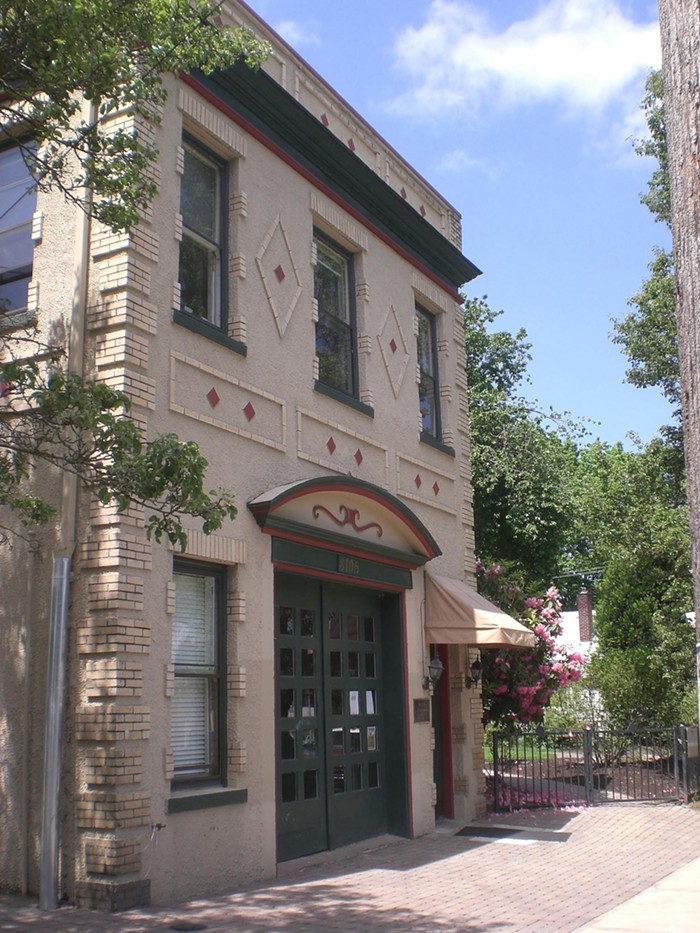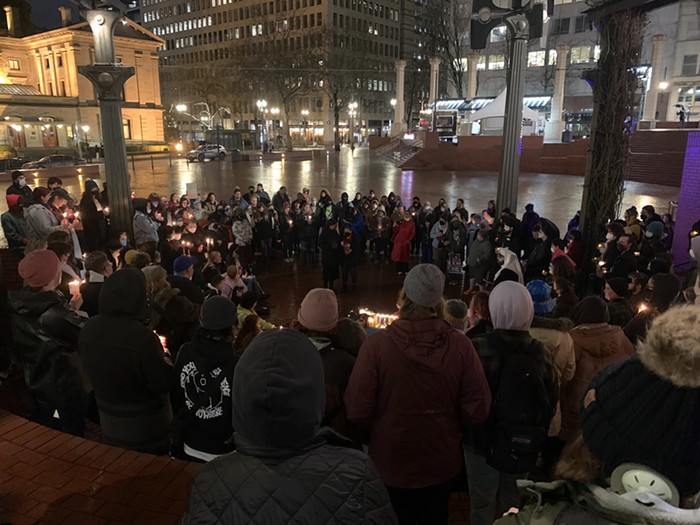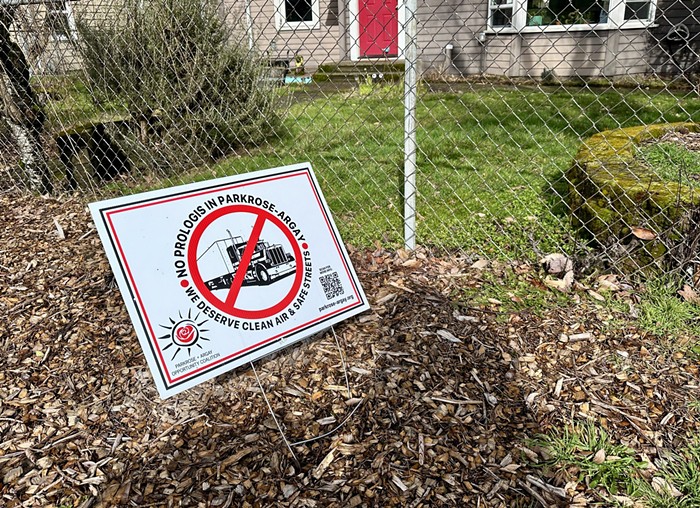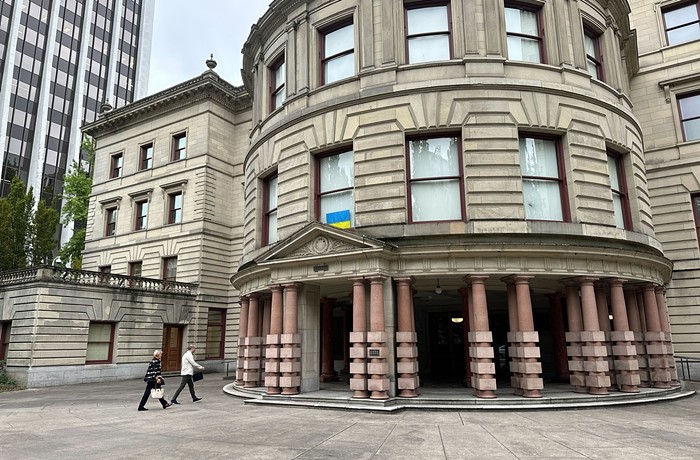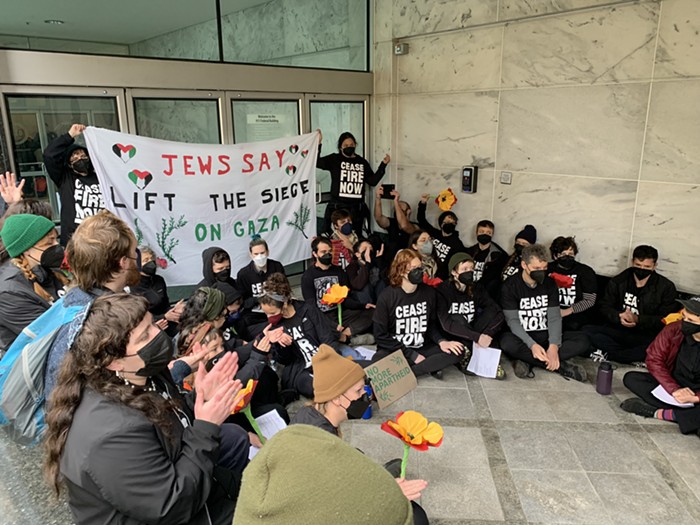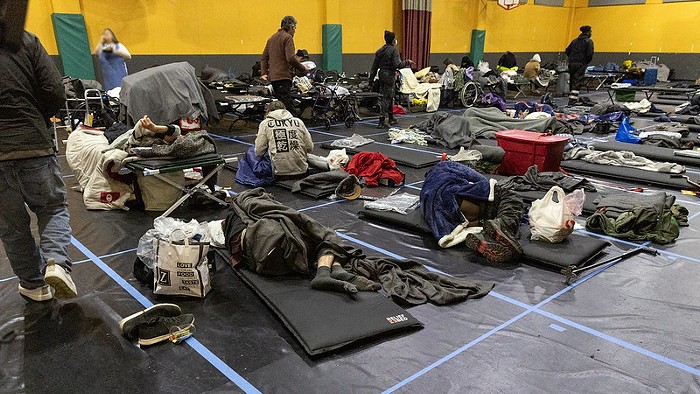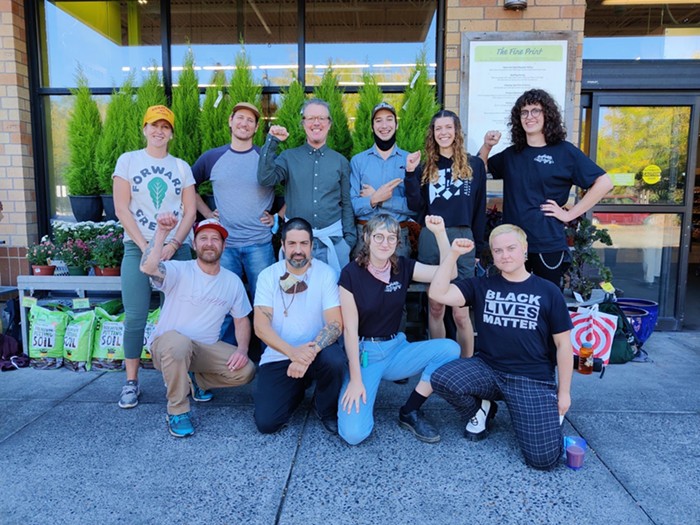BACK IN MARCH 2008, Portland decided not to fix its high schools. Drafting a long-term plan to renovate its facilities, Portland Public Schools (PPS) said it would not consider upgrades to its neglected high school buildings until it had a plan for how to run them.
The student population had diminished by nearly a third since the early 1980s from 15,180 to about 11,000, and buildings were underpopulated.
"We just aren't ready to plunge into a bricks-and-mortar discussion of our high schools," wrote Superintendent Carole Smith in an open letter, anticipating that some might have to close, further down the line.
Two years later, PPS has heard input from over 10,000 people and drafted a 14-page resolution that suggests broad changes: PPS wants to turn six or seven of its nine neighborhood high schools into "community comprehensive" schools with a robust, standardized curriculum.
The remaining schools would close or become smaller magnet schools. Crucially, students would not be allowed to transfer out of their neighborhoods, except to one of the magnet schools.
The Portland School Board voted 5-2 on Monday night, March 8, to approve the resolution and asked Smith for concrete recommendations within 45 days.
"At some point, we're going to have to say, 'Here's the map,'" says Zeke Smith, PPS chief of staff.
Instead of saying where schools should be, PPS has focused on compiling community opinion. There's a reason for that hesitation.
"We're learning from what we didn't do right with K-8s," says Zeke Smith, referring to the consolidation of lower and middle schools a few years ago.
PPS, under then Superintendent Vicki Phillips, crafted the K-8 plan with little community input. It left many middle-school students in buildings designed for lower grades, without adequate resources.
"I'm not sure the district is facing up to what a disaster the K-8 conversion is," says Sue Hagmeier, who served on the school board from 1995-2003.
Some are skeptical that PPS really has learned from that "disaster."
Dilafruz Williams, a current school board member who voted against Monday's resolution, recalled promises made before the K-8 conversion. "We heard that increasing school size would mean more electives... but did that happen? Yet we hear the same logic related to high schools in our resolution."
PPS now argues that the optimal number of students in a community high school is 1,350. To get that level of enrollment, some schools would need to close.
Behind the scenes, an advisory team is crafting the superintendent's recommendations. Leading that team are Sara Allan and Sarah Singer, management specialists who came to Portland through grants from the Broad Foundation, as well as Chief Academic Officer Xavier Botana, who formerly oversaw testing at Chicago Public Schools.
Hagmeier doubts that this team of outsiders without teaching experience knows what's best for Portland.
"They are interpreting Portland's problems in terms of where they came from," she says. "While a lot of Portland's problems are common, there are some specific histories."
Portland's recent history includes a drastic reduction in funding. Oregon Ballot Measure 5, passed in 1990, limited property taxes directed to school funding.
"The pot of money got smaller, and now you've got to decide who to take care of," says Steve Buel, a teacher who served on the school board from 1979 to 1983.
In addition, federal laws and the district's liberal transfer policy allowed kids to switch out of under-funded schools.
Education funding in Oregon is allotted per student, not per school. The transfer exodus left some schools in dire need, while others—like Lincoln and Grant—benefited from booming student populations and more state money.
Now, people who live near popular schools don't want to see their assets taken away.
At an event on high schools hosted by the Mercury and the Bus Project on March 3, school board member David Wynde recalled a meeting of concerned Grant parents.
"One parent said that... people bought their houses... because of the schools that were in those neighborhoods, and you have no place messing with that and you've got to really, really stay away from the boundaries," Wynde said.
In addition to limiting transfers, the district will probably redraw those boundaries—resulting in what board member Williams calls "massive social engineering."
So far, much of that engineering is being done by computers in Florida. The district has a $75,000 contract with SeerAnalytics to run computer models of thousands of high school arrangements. The redesign team will draw boundaries that adequately populate each school and ensure some degree of socioeconomic diversity.
Zeke Smith says the process will be transparent. "It's not going to be dark for the next 45 days," he says.
A vote on the actual plan is expected by summer.

